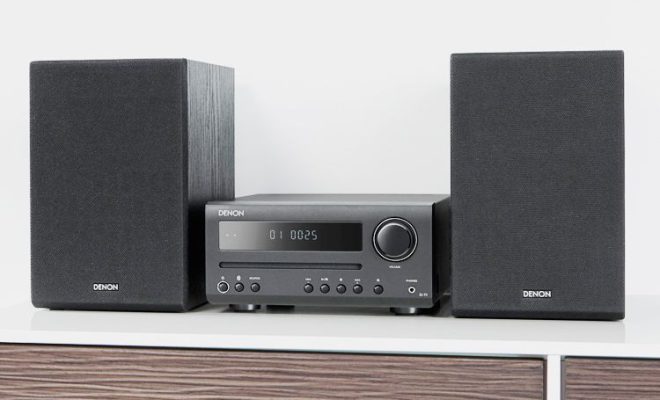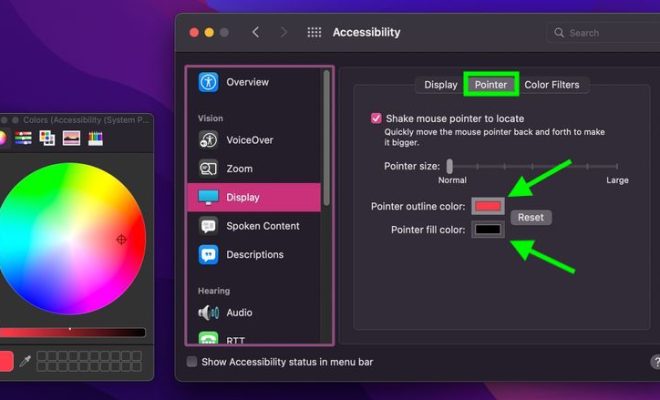The Complete Guide to Home Audio Systems for Beginners

For many people, having a home audio system is essential to their daily lives. Home audio systems provide us with the ability to surround ourselves with music, whether we’re cooking dinner, cleaning the house or relaxing and unwinding after a long day. A good home audio system can make all the difference in creating a comfortable, relaxing environment within your home.
If you’re new to the world of home audio systems, it can be overwhelming to know where to start. With the wide variety of speakers, amplifiers, and source components available in the market, it can be confusing to figure out what you need and what will work best for your home. Here is a beginner’s guide to home audio systems to help you navigate the world of sound:
1. Determine your budget: Before you start purchasing components for your home audio system, it’s important to set a budget. Quality audio systems can be expensive, but it’s possible to find excellent systems within different price ranges. Mealineet set a budget that you’re comfortable with and stick to it.
2. Decide on the type of system: There are two primary types of home audio systems – stereo and surround sound. Stereo systems typically have two speakers that provide music in two channels (left and right). Surround sound systems have multiple speakers and can provide a more immersive experience. Decide which type of system you want before making any purchases.
3. Choose your speakers: The speakers are the most crucial part of your home audio system. Choose speakers that fit your budget and specifications. The number of speakers you need will depend on the type of system you choose. It’s important to note that the quality of your speakers will have a significant impact on the overall sound of your system. Further make sure that the wattage of your amplifier is sufficient for your speakers.
4. Choose your source components: Your source components are what you use to play your music. Common source components include CD players, turntables, and streaming devices. If you have a large CD or vinyl collection, a CD player or turntable would be a great choice. If you prefer to stream music, consider investing in a high-quality streaming device.
5. Set up your system: Once you have all the components, you can start setting up your system. Follow the manufacturer’s instructions for setting up the components. Consider investing in high-quality cables to ensure excellent sound quality.
6. Tune your system: Finally, tune your system. Once your system is set up, it is essential to perform some basic tuning to get the best sound possible. This includes setting your speakers’ position and direction, speaker placement, and equalizers.
In conclusion, having a home audio system can be an excellent investment in your home and in your life. Finding the right system that fits your budget and preferences can be overwhelming. However, with the right knowledge, you will be able to choose the right components and set up your system for excellent sound quality. By following this beginner’s guide, you will be on your way to creating the perfect home audio system in no time.






